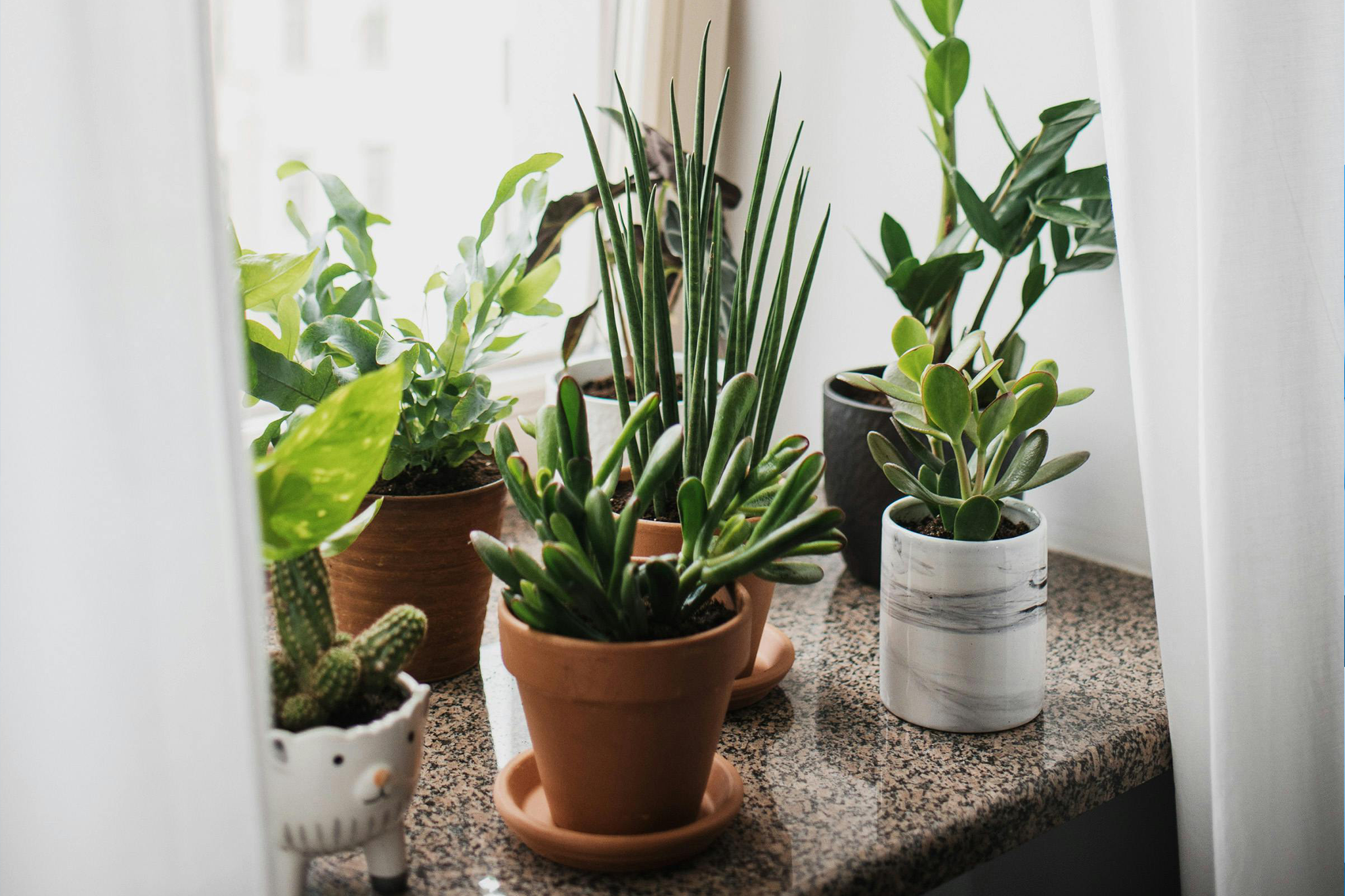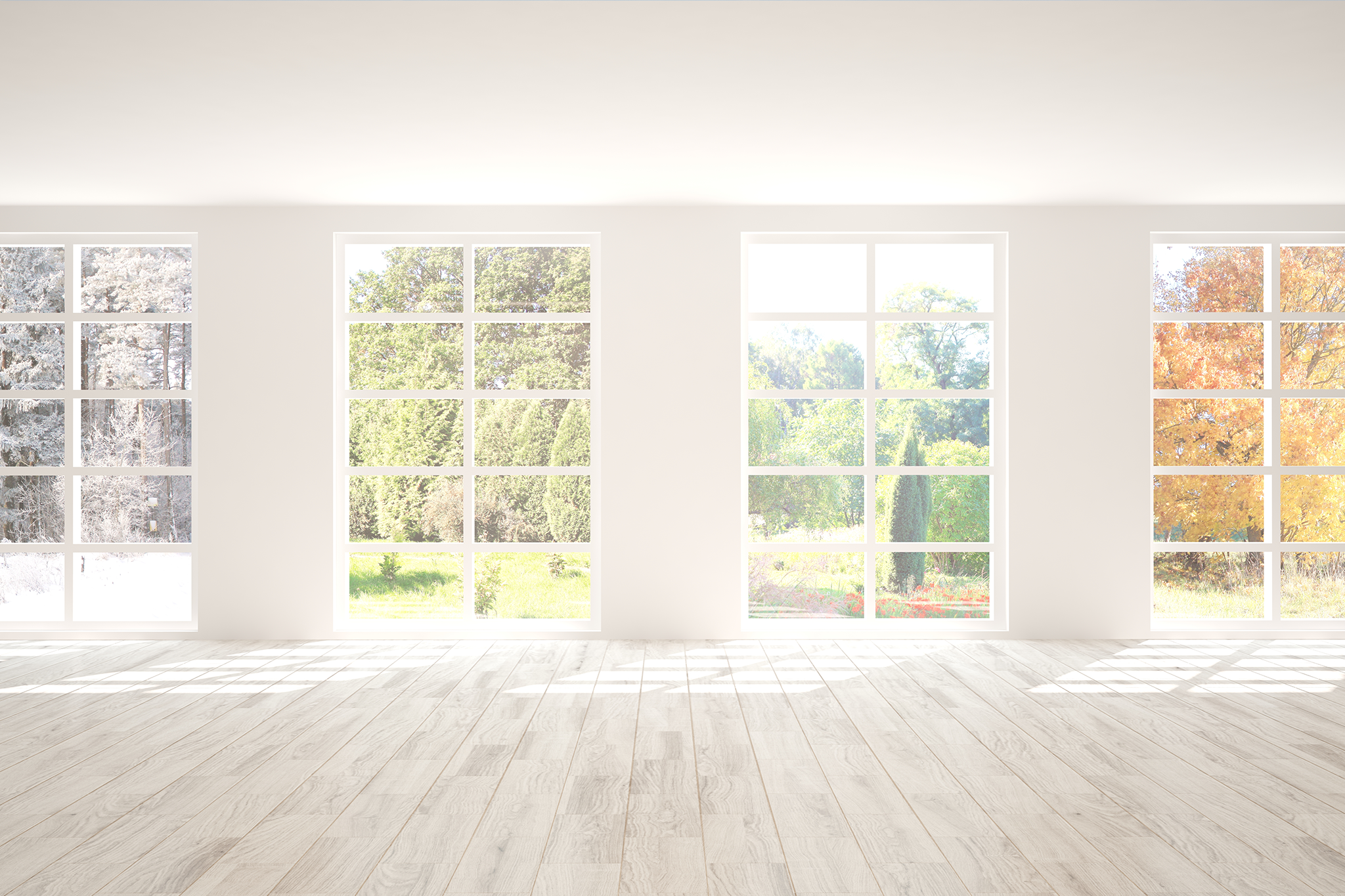
Growing your Green Oasis: A Guide to Indoor Plants

Growing your Green Oasis: A Guide to Indoor Plants
The time has finally come. We officially know enough about plants that we can justify writing an entire blog about them. So that we don’t ramble on for hours, we’re going to focus solely on indoor (aka house) plants and how to care for them, covering topics like choosing the right pot and ridding your plants of pesky insects. Not everyone has the resources, time or space needed to cultivate a diverse outdoor garden, so we’ll do our best to give you the information you need to help your potted plants thrive into an indoor sanctuary. Alright, let’s grow guys!
We apologise for the number of plant puns you may encounter in this article, please accept us as we are.
In our research, we turned to one of the leaders in plant welfare… Bunnings (check out their guide to indoor plants here). We learnt that almost any plant that can be grown in a pot can survive indoors. This generally excludes things like shrubs and trees, so unless you live in the Singapore airport, we’d let go of any dreams of nurturing a full-blown rainforest inside.
Temperature & light
House plants usually prefer mild temperatures, the same way we do. This means that as long as you’re not turning the heat up to 40, they should be perfectly comfortable. However, we’d recommend doing a little research on your plants, as preferred temperatures and the levels of sunlight required can vary. For example, a room that experiences a lot of light is ideal for plants like jade or the snake plant. These plants require an abundance of sunlight, so poorly lit rooms will not suffice, whereas other species may be fine with ambient or indirect sunlight. The good news is that most of the information you need can be found on the plant’s label, so you shouldn’t have to work too hard to figure out which plants will do well in your home.
Pots
Many new plant owners are surprised to learn that their choice of pot can determine whether their plant will flourish or wilt. We recommend choosing a porous material, like terracotta or wood. The plant experts at The Micro Gardener explain that such materials better circulate air and moisture. This helps to keep plant roots nourished and prevents root rot by allowing excess air to be evaporated out of the side of the pot. Some people dislike terracotta pots because of the white build-up that can occur on the outside. Homestead Brooklyn explains that this build-up may indicate that salts from water or fertiliser are building up in the soil, which can be addressed by flushing your plant with distilled water. Adequate drainage is also crucial to the prevention of root rot. Many pots have at least one drainage hole at the bottom and come with a matching saucer to place underneath the pot to catch any excess water.
Potting Mix
We recommend using the best quality potting mix you can find that won’t break the bank. Your local plant nursery should have a range of mixes available, each catering for a specific group of plants. For example, succulents and cacti require coarse soil that drains well, keeping excess water away from plant roots. There’s plenty of useful information about soil types online, so it shouldn’t be hard to figure out which one your plant needs.
Pet-safe plants
If you have pets, it’s vitally important that you educate yourself on which plants are non-toxic. The US ASPCA has compiled a poisonous plants list, which contains information on various plants that can be toxic or dangerous to animals. This list includes some common household plants, such as Baby’s Breath and the Easter Lily. Some fertilisers can also be poisonous to animals and may cause death where large amounts are ingested. We urge you to do your research to ensure the safety of your pets and to call a vet immediately should you suspect they’ve ingested part of your plants or soils.
Watering
Ok guys, we’re just going to say this once. Plants don’t need as much water as you do. Overwatering is a big killer of house plants, particularly where your pot doesn’t have a saucer where excess water can drain. Your plant’s label should tell you how much attention it needs, and this will vary between species. The amount of water required may also depend on the season – for example, your cacti may require more water during summer months, but survive without any water over winter.
Pests
The reality is that with plants come insects, and unfortunately, there isn’t always a fast, easy way to remove them. If you’re struggling with pests, Better Homes & Gardens’ article on safely killing houseplant pests is a must-read. Insecticidal soap or neem oil sprays can be effective in eliminating some pests, such as aphids or whiteflies, while adult fungus gnats can be captured using sticky traps. Other pests may be more difficult to eliminate, meaning you’ll have to dedicate a little more time and effort to remove them without compromising the plant’s health. For example, scale, a soft-bodied insect that feeds on plant sap, must be removed gently using a fingernail, soft brush or even a Q-tip. Check out Waldecks’ guide on how to treat scale for further info.
Now, get planting!
We hope this blog hasn’t convinced you out of becoming a devoted plant parent. While there can be a lot involved in keeping your plants healthy and thriving, they play such an important role and liven up any space. We suggest finding a plant whose needs align with the amount of time and attention you have to give. There are plenty of plants that thrive on neglect, so there’s no reason that anyone should miss out on having gorgeous house plants. We hope this blog has been helpful and have complete faith that your indoor plants will blossom in no time. We’re rooting for you! Be-leaf in yourself!



